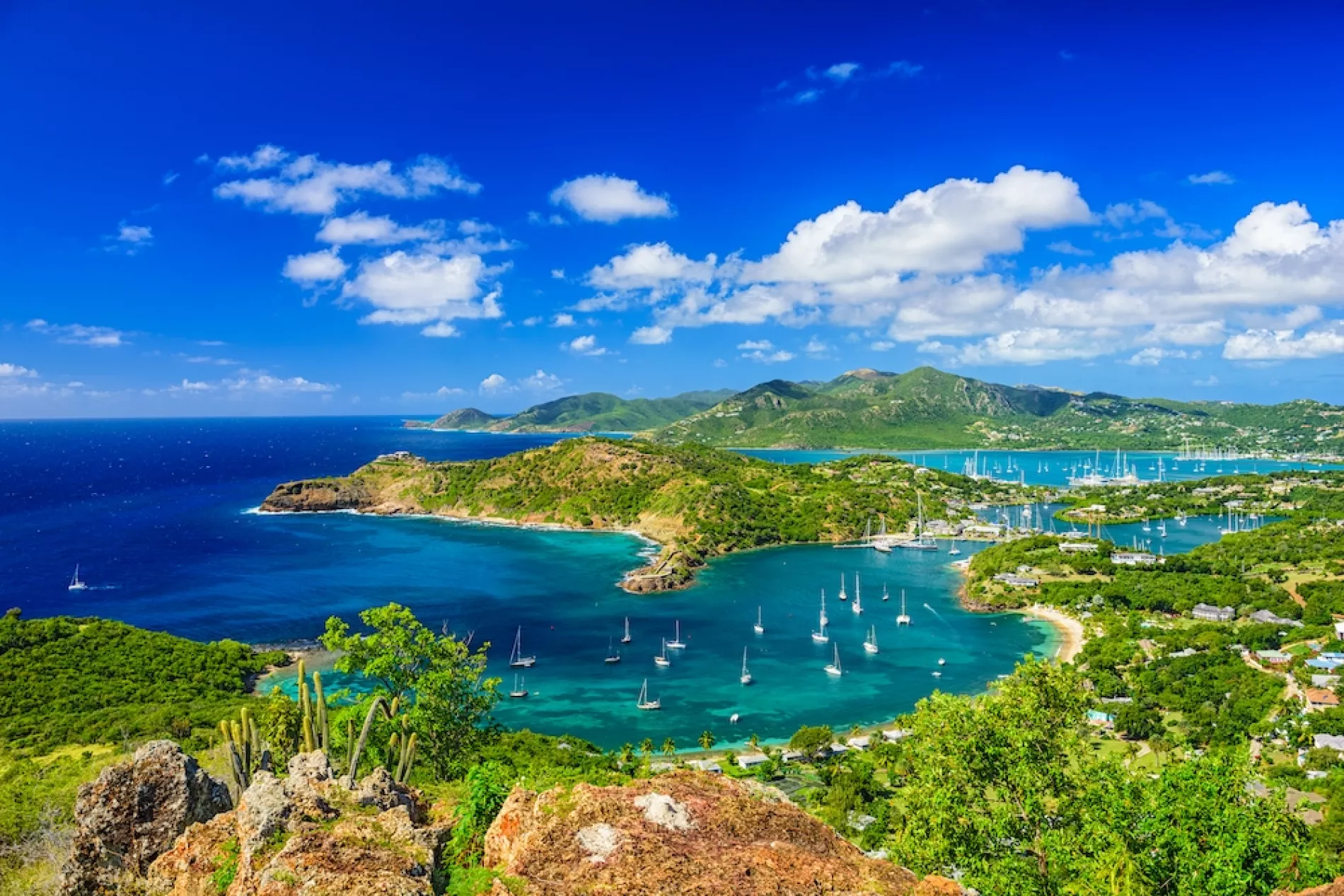8-Day Eastern Caribbean
Everything the sunlight touches on Carnival Sunshine has been doused with an extra dose of fun. There's plenty to find atop this ship, where you can spend your days being kissed by the warm rays of the sun. Visit the biggest Serenity area ever, featuring three decks, plenty of recliners... and even a waterfall. Carnival WaterWorks™, our onboard waterpark, doesn't just deliver the favorites... this one debuted the slick Speedway Splash slide. There's also SportSquare™, where you can let your inner champion run free (around the jogging track), traverse SkyCourse™ high up above, or even engage in a little one-on-one, from ping pong to foosball to giant chess.
Specialising in fun-filled family holidays, Carnival Cruises traverse the seas of Europe and North America with a fleet of more than 20 sleek cruise liners.
Founded in 1972 and based in the United States, Carnival strives to entertain travellers of all ages, offering a veritable smorgasbord of facilities and activities. Ultimately casual but packed full of excitement, Carnival Cruises are ideal for passengers looking for a livelier holiday.

Everything the sunlight touches on Carnival Sunshine has been doused with an extra dose of fun. There's plenty to find atop this ship, where you can spend your days being kissed by the warm rays of the sun. Visit the biggest Serenity area ever, featuring three decks, plenty of recliners... and even a waterfall. Carnival WaterWorks™, our onboard waterpark, doesn't just deliver the favorites... this one debuted the slick Speedway Splash slide. There's also SportSquare™, where you can let your inner champion run free (around the jogging track), traverse SkyCourse™ high up above, or even engage in a little one-on-one, from ping pong to foosball to giant chess.



